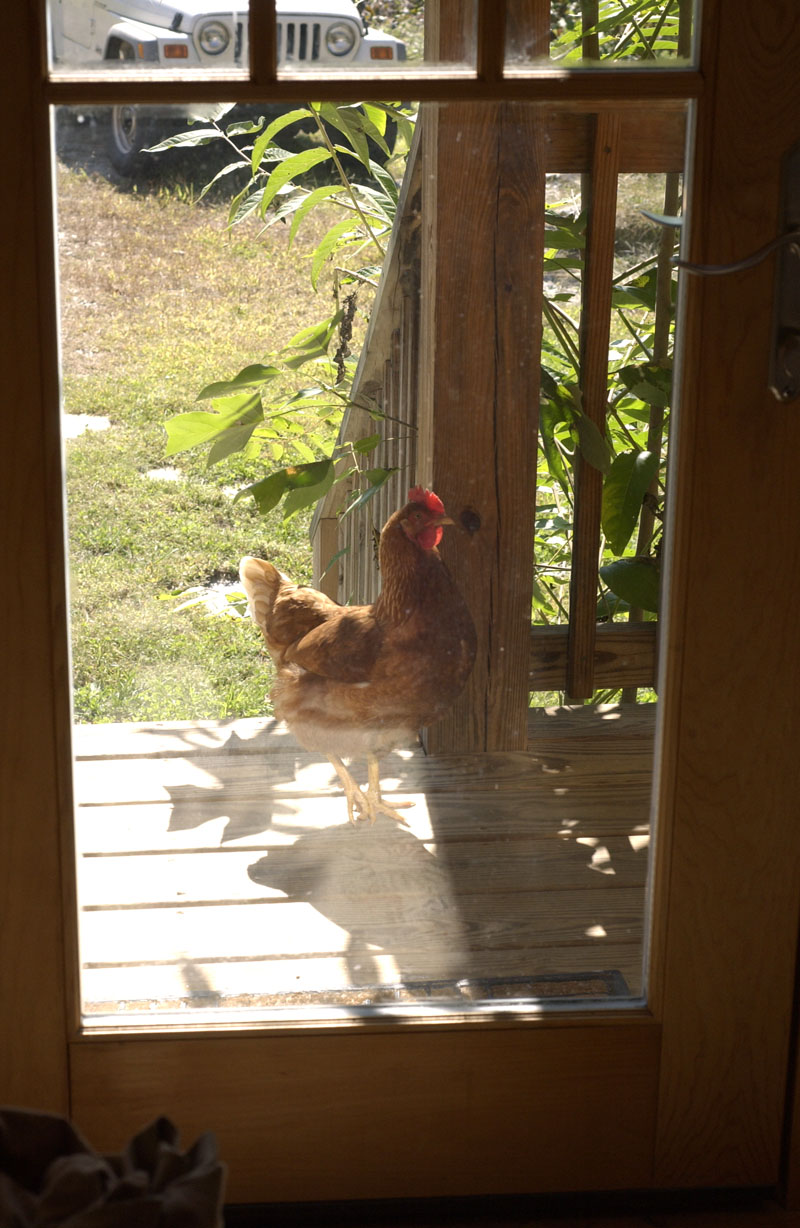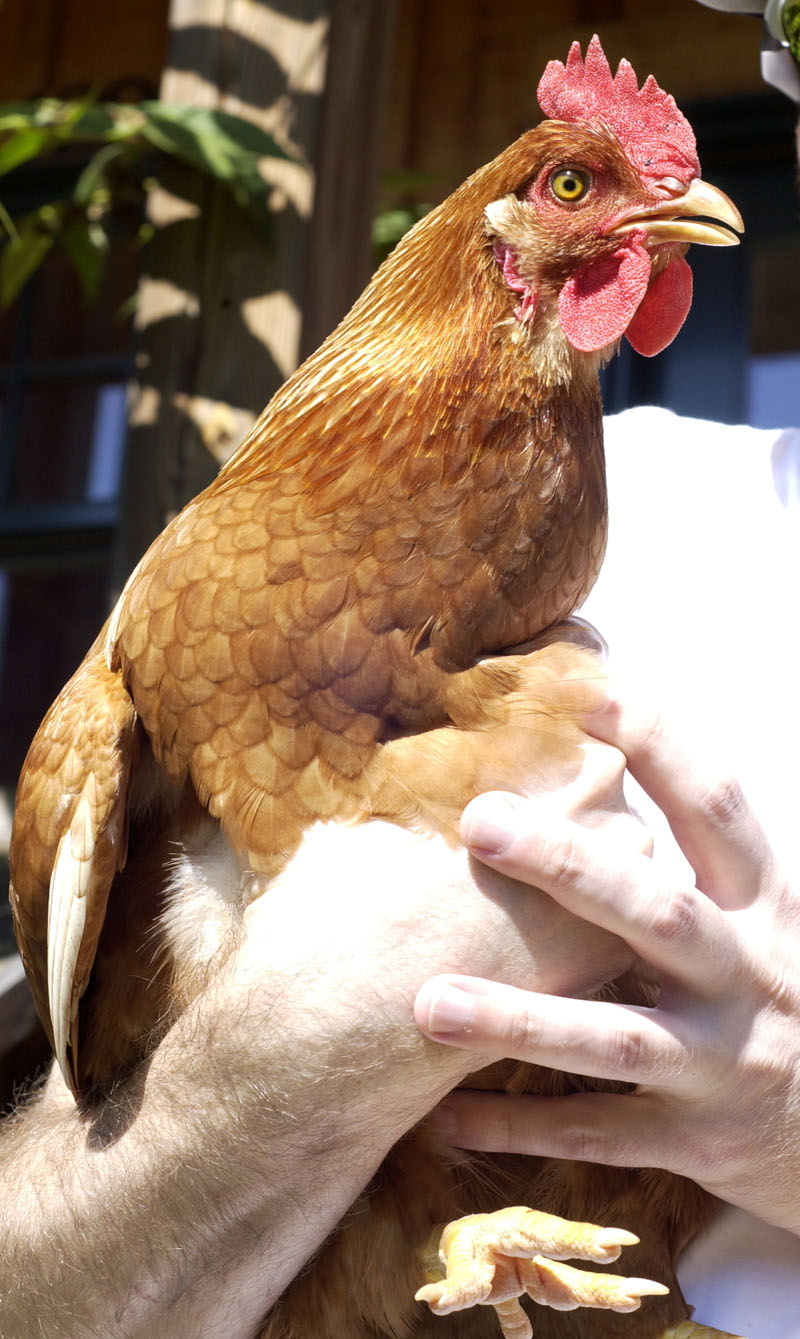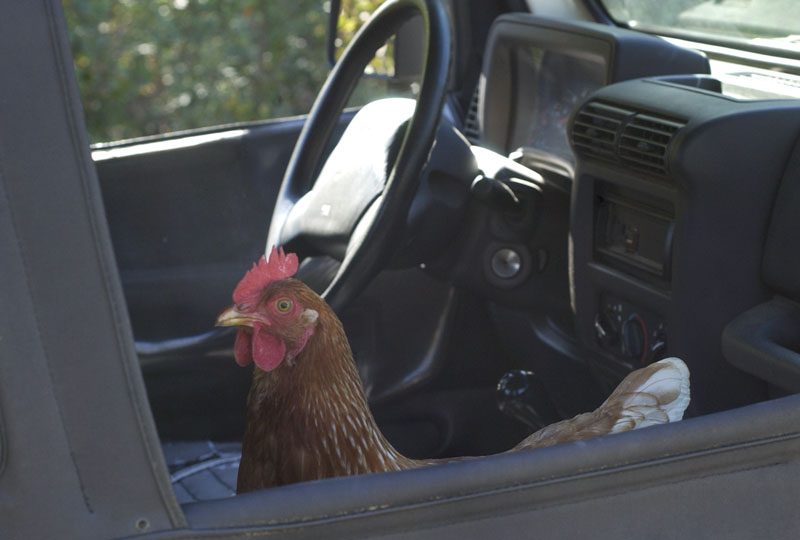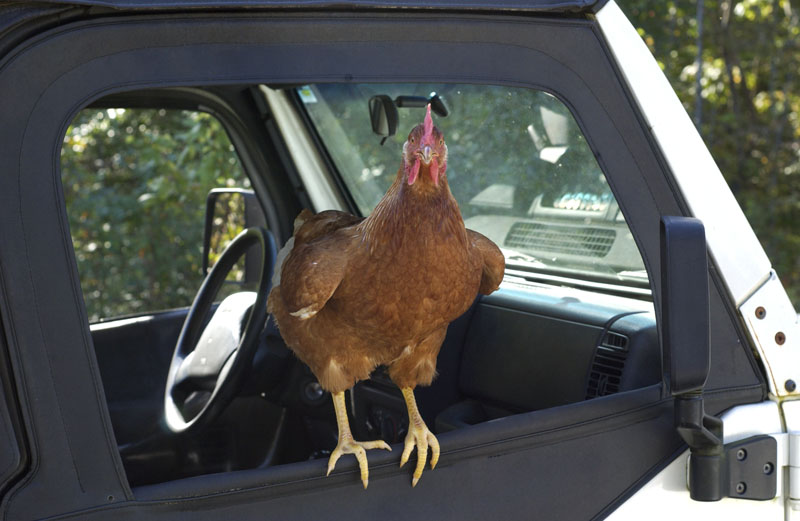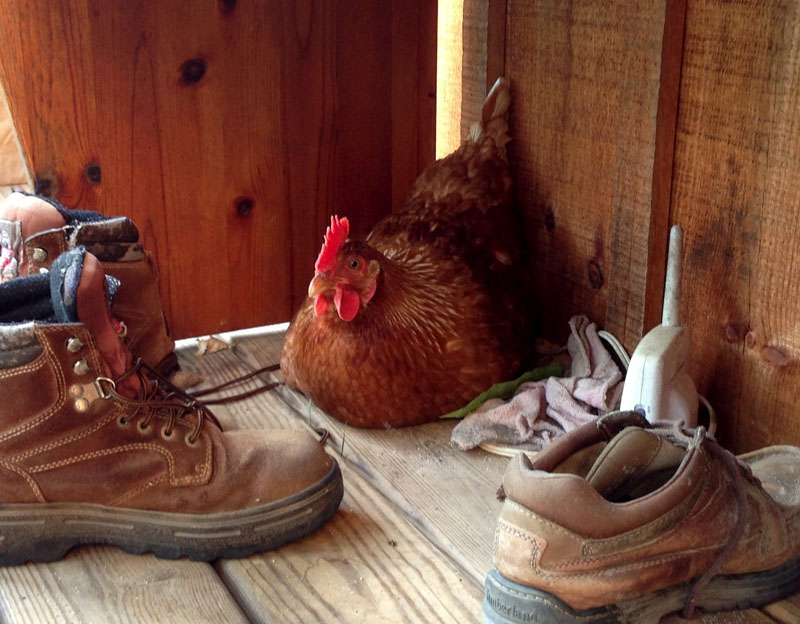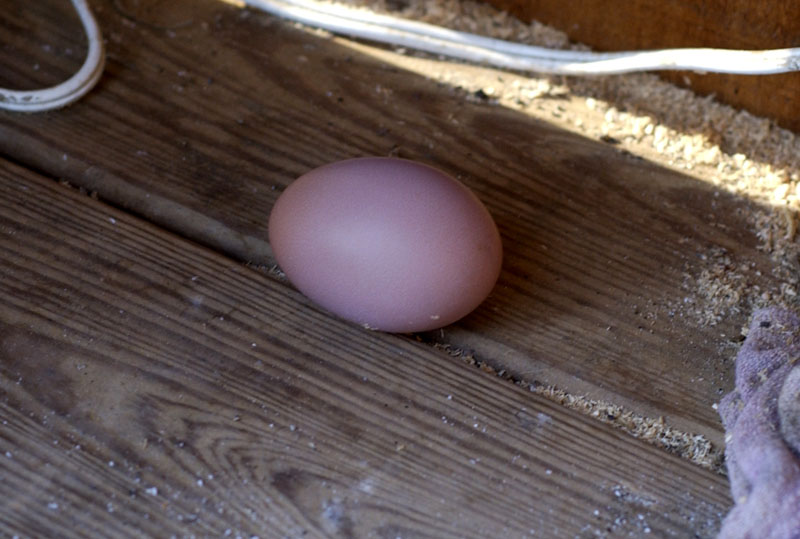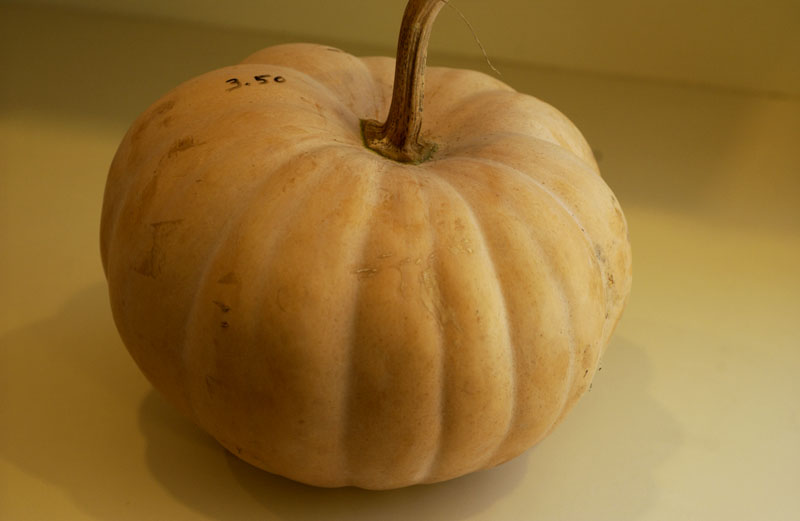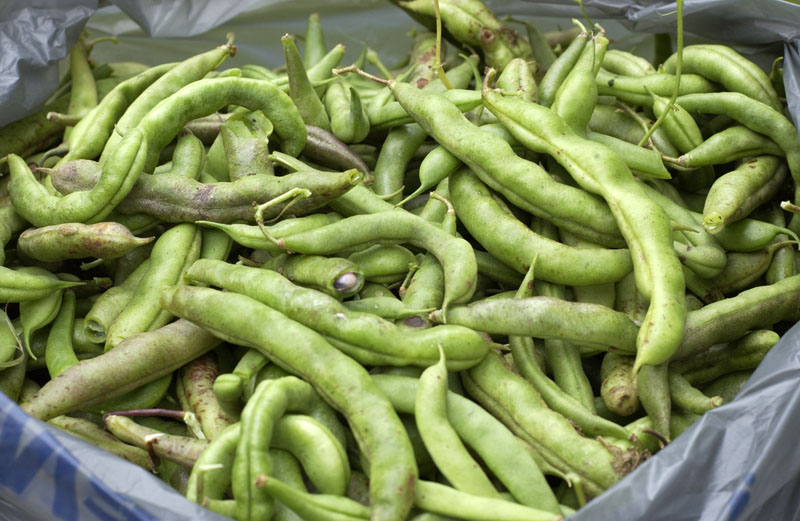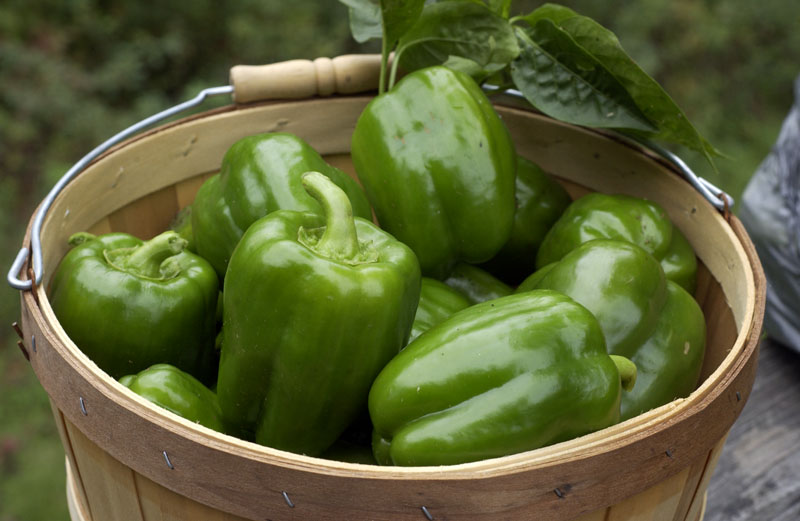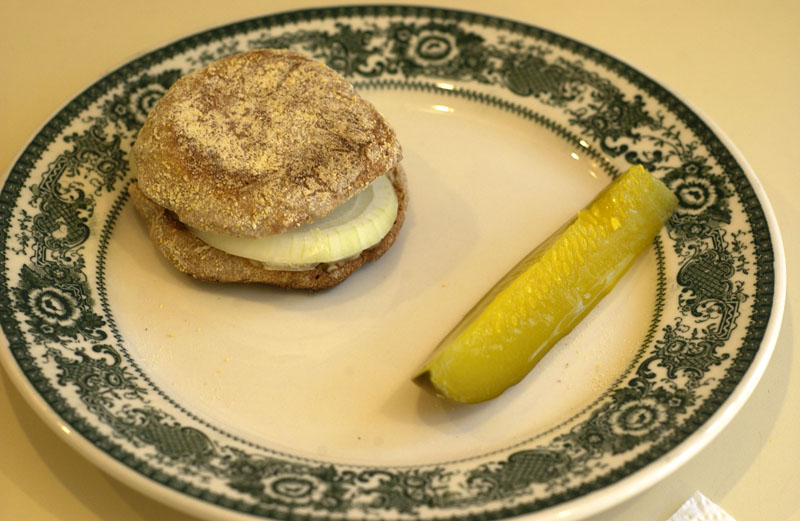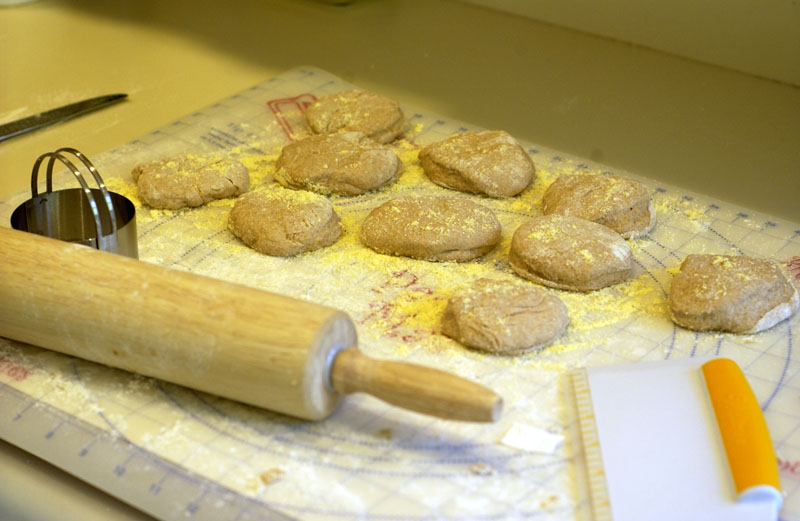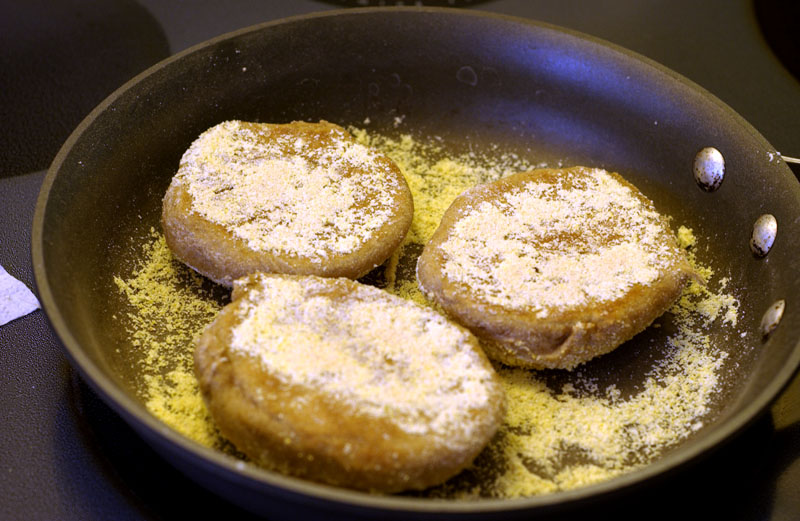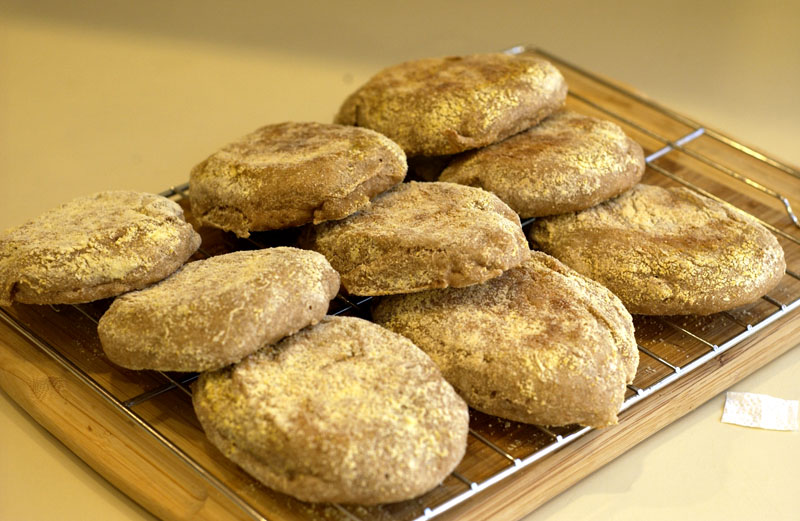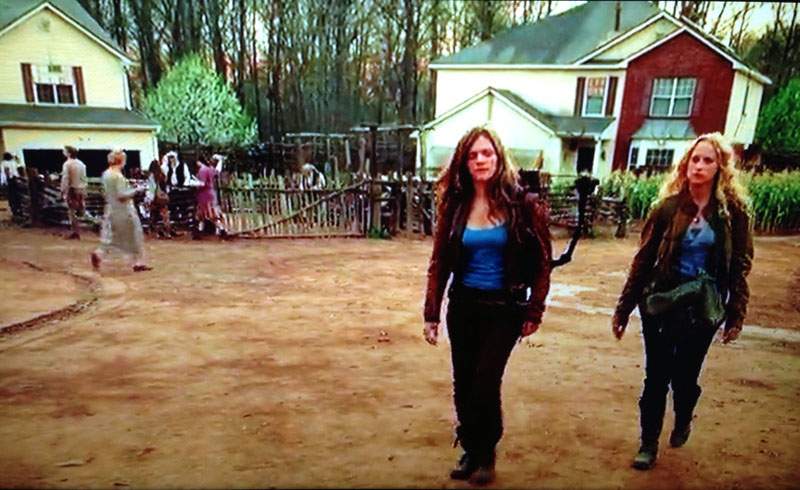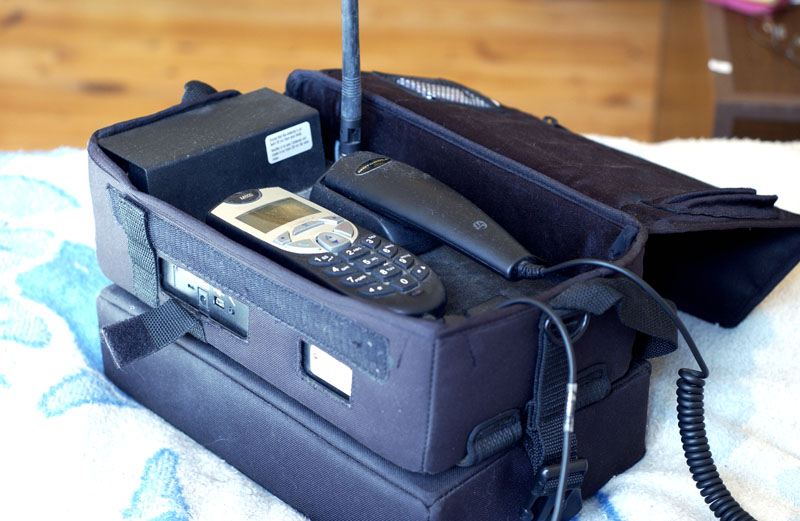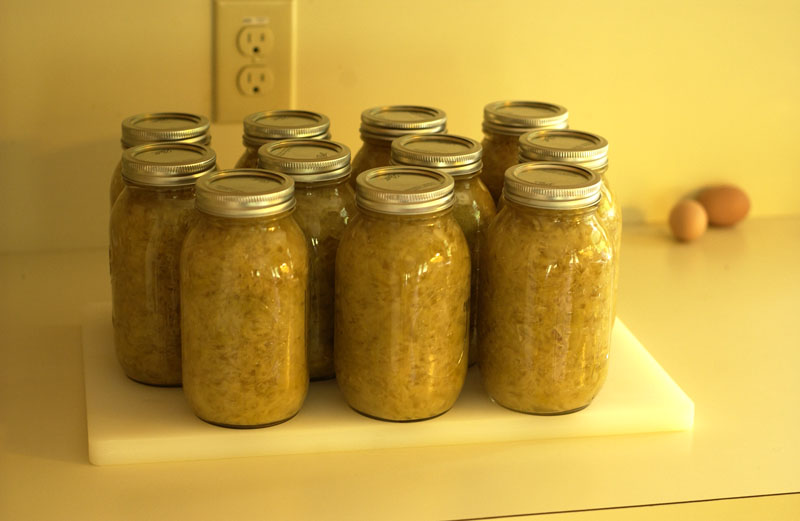I wish everyone could get to know just one nice chicken really well. Then we’d stop thinking that chickens are dumb and unfeeling, and we’d give chickens much better lives. All chickens are different. Even when they’re brought up similarly, they have very distinct personalities. The more attention they get, and the more you interact and talk with them, the more they develop, and the sweeter their attitude toward human beings.
In the new generation of hens at Acorn Abbey, Fiona loves human attention the most. Now, one of the first things I explain to all the abbey chickens, as soon as they’re old enough to understand, is the deal we have: They get a nice home, free food and water, a place to roam and scratch, a decent house, a fence to protect them from predators, and a place to retire when they’re old. I get the eggs. None have complained about the deal, other than Patience who got it in her head a couple of summers ago that she was going to keep her eggs and sit on them. I disputed that, and I won. But I don’t think she understood that at that time she had never met a rooster and that she was wasting her time.
Anyway, Fiona quickly figured out where I live and what door I usually emerge from. The first time she stood at the front door and called (at the top of her lungs), I thought she was merely asking for attention. But a few days later, after some repetition of this behavior, I found three eggs under the bench beside the front door. Then I had to reconsider her behavior. I think she was letting me know that she’d left me an egg.
Now, why would Fiona choose not to lay in the chicken house like the other hens? No matter how much new wire I put up to block their escape routes, she and Helen still get over the fence any time they like. Given that Fiona could lay anywhere she chooses inside or outside the fence, why would she come here to lay, and why would she stand at the door, look through the glass, and call at the top of her lungs after laying? I think she’s bringing me a gift, and she wants me to know.
She loves to be picked up, petted, scolded mildly, and put back inside the fence. In our evening chats, when I sit a spell in the orchard with the chickens before they go in for the night, Fiona climbs into my lap. The other hens get jealous.
Spoiled? Nah. It’s the way all chickens ought to live.

